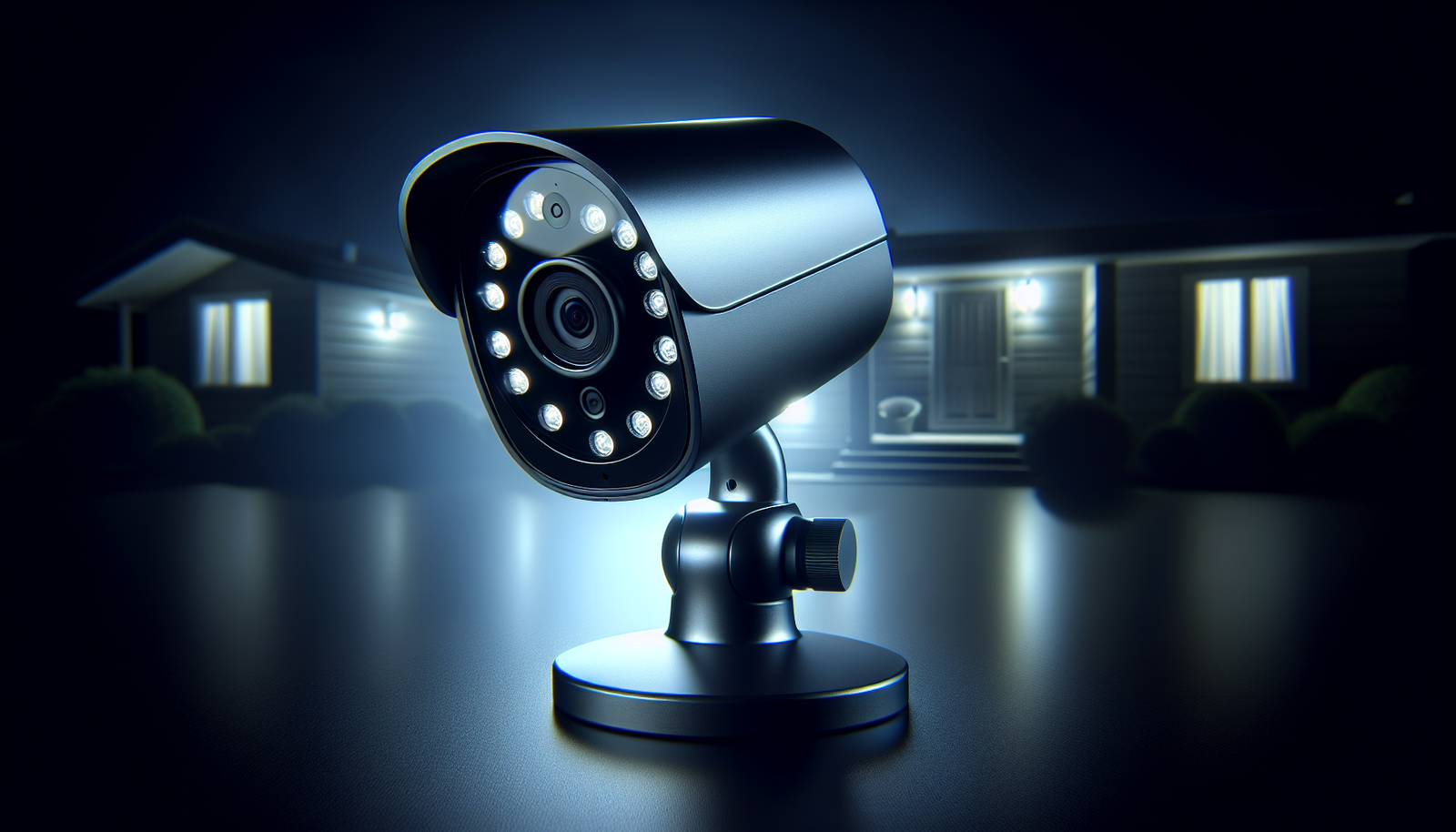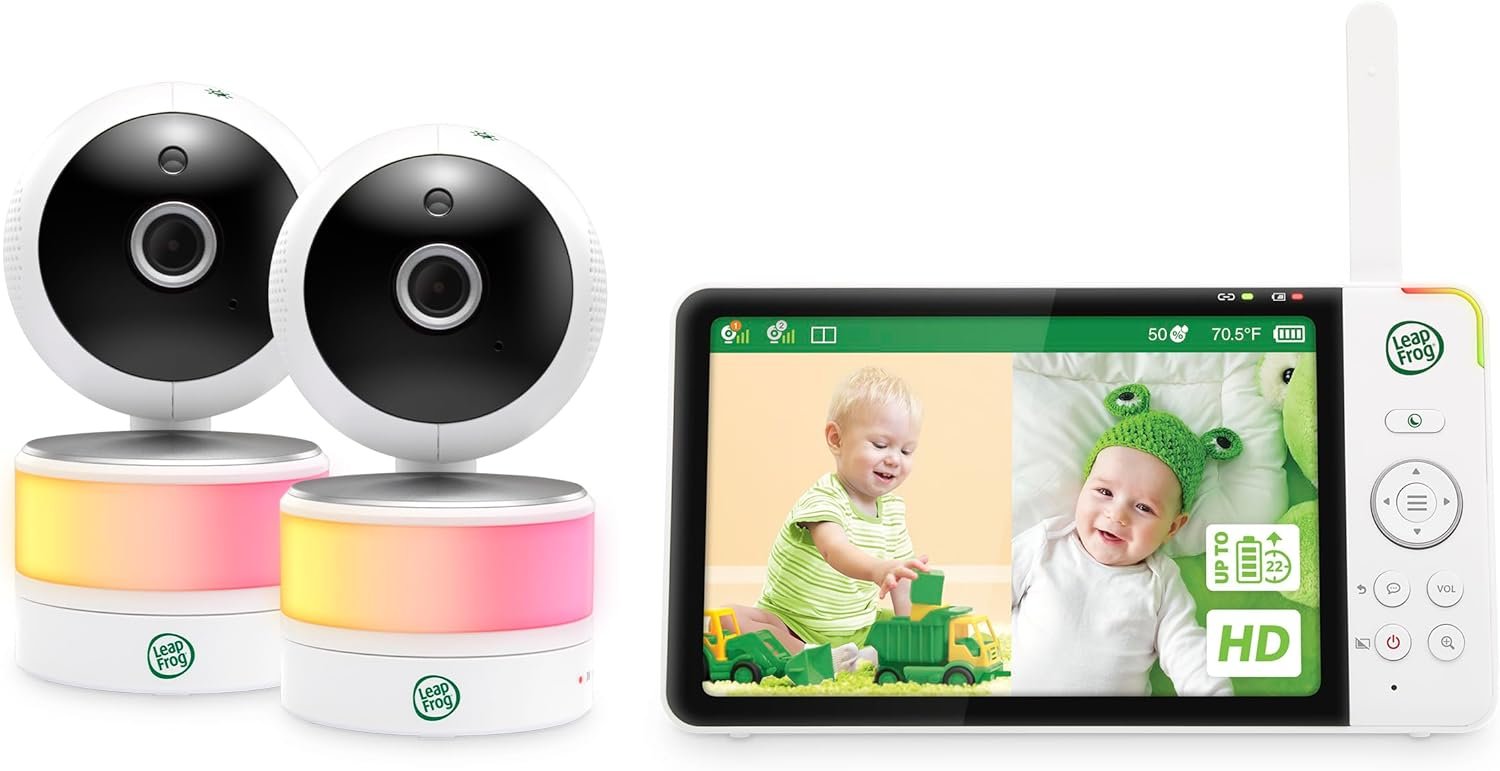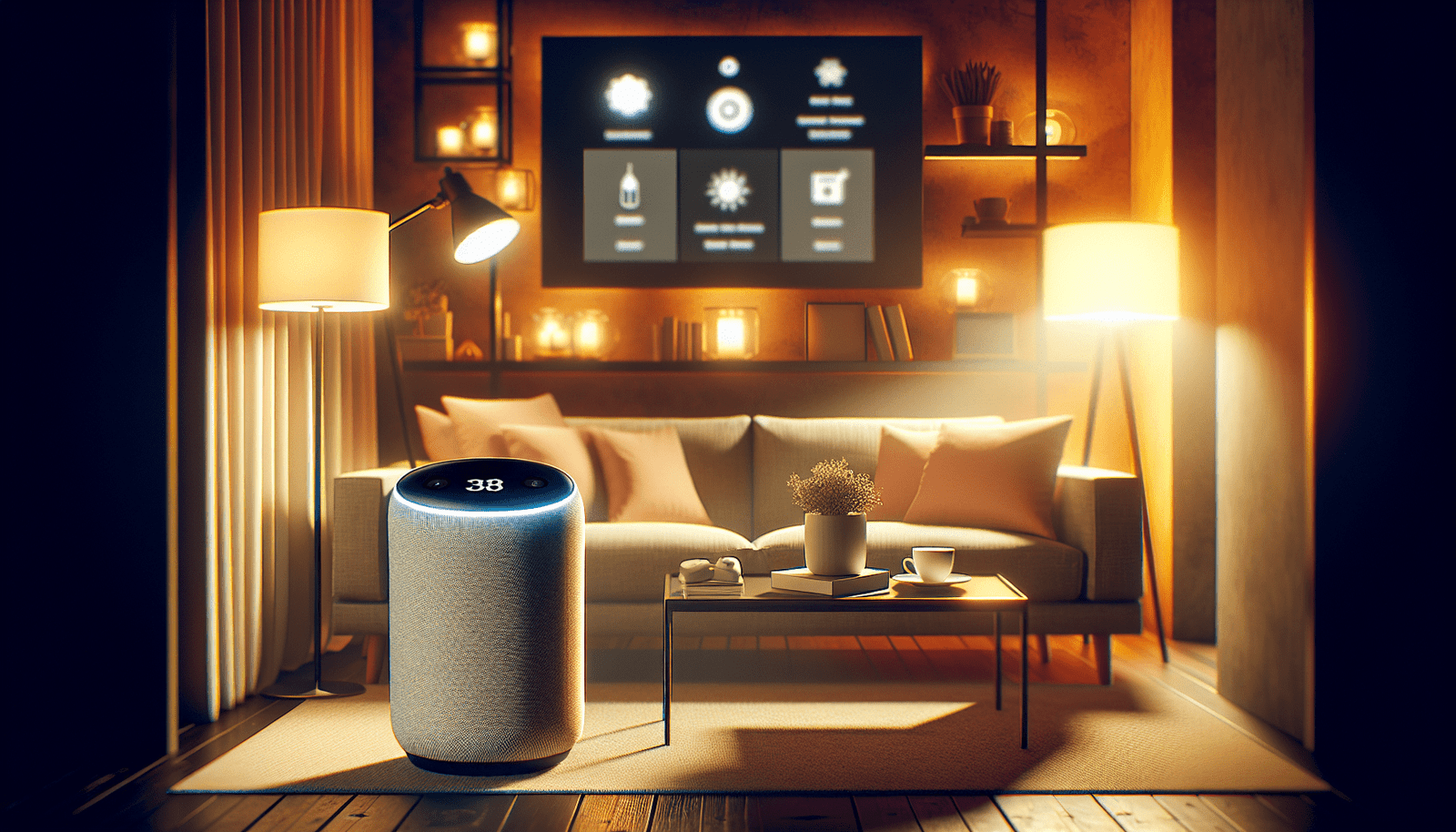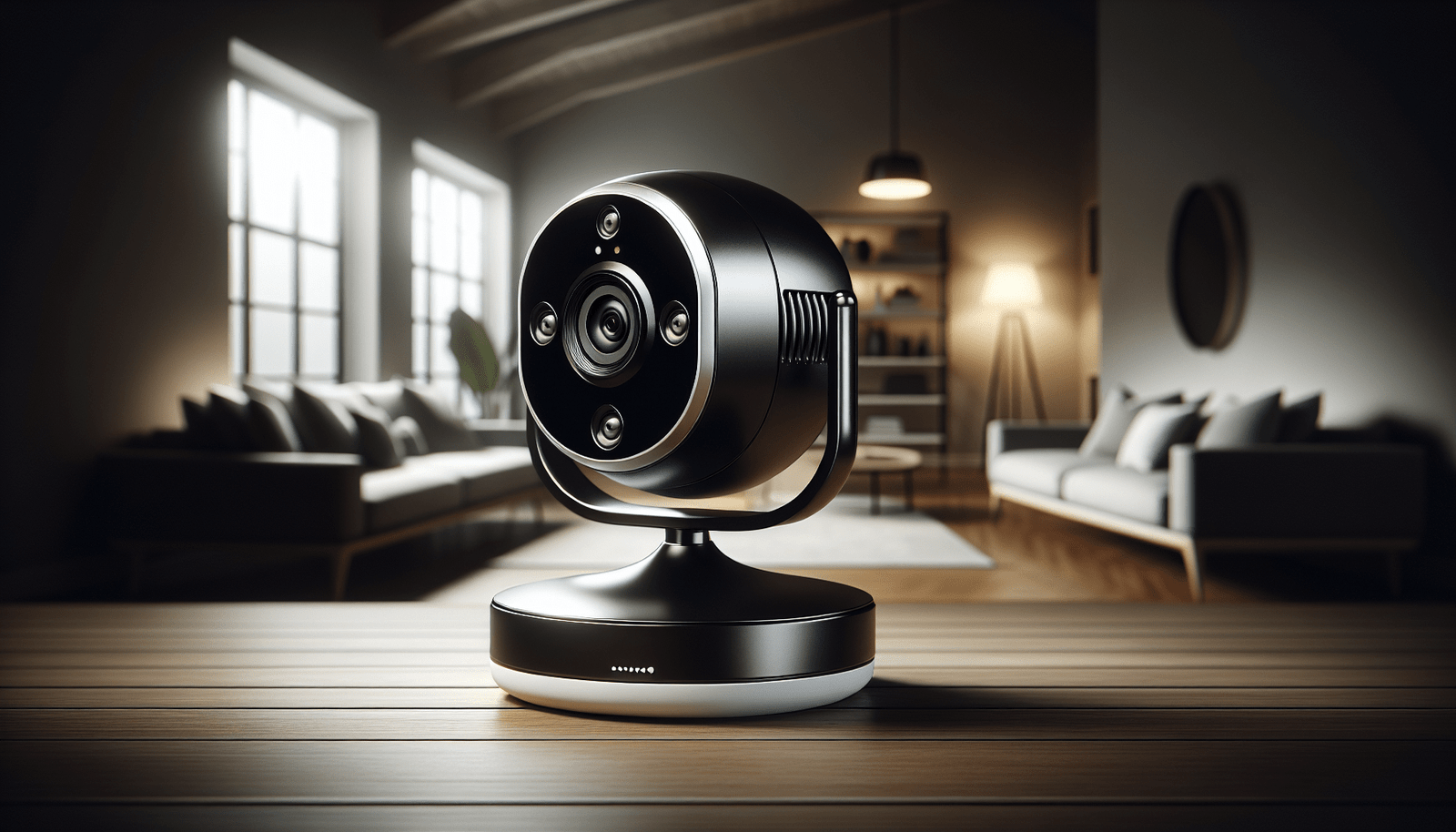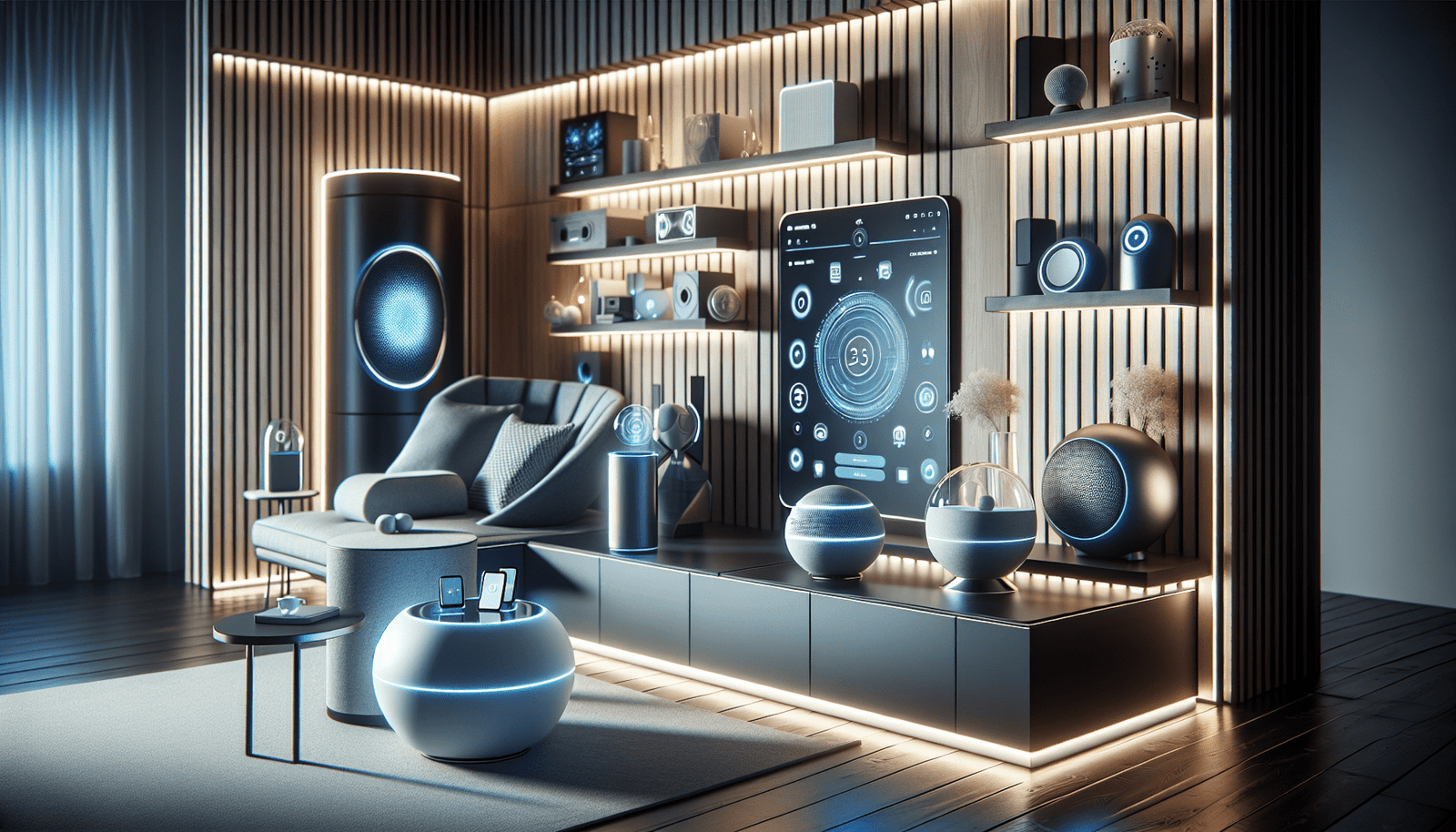Have you ever wondered about the effectiveness of security cameras at night? Ensuring the safety of your home is a priority, and smart security cameras with night vision capabilities play a crucial role. These devices offer an extra layer of protection by keeping watch when visibility is limited. With so many options available in the market, choosing the right camera can become a daunting task, especially when night vision performance varies among different models. Let’s investigate the night vision capabilities of leading smart security cameras to help you make an informed decision.
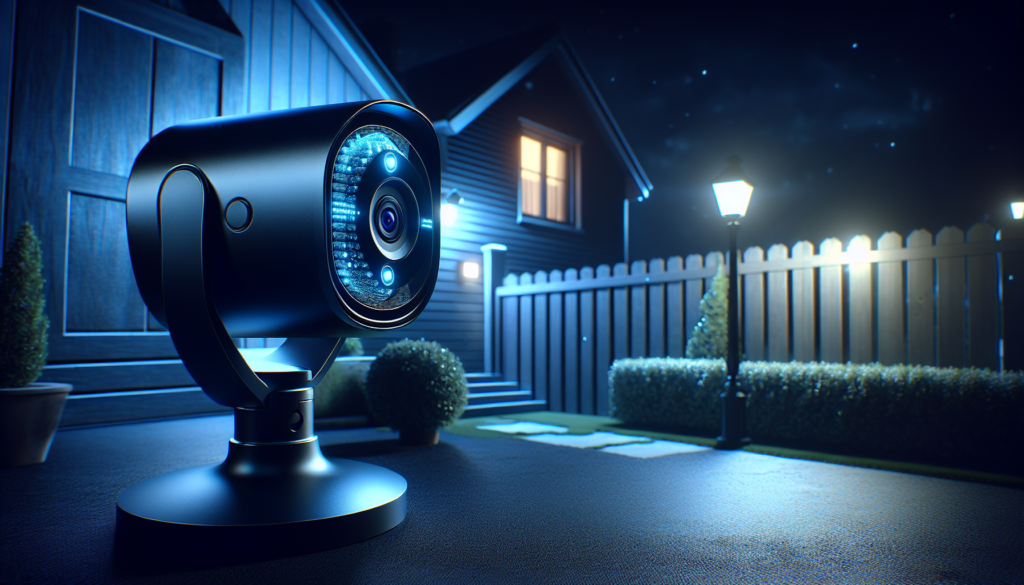
Understanding Night Vision in Smart Security Cameras
Let’s first explore what night vision entails in the world of smart security cameras. Night vision technology enables cameras to capture video footage in low-light conditions, a critical feature for effective home security. Many cameras incorporate infrared (IR) LEDs to illuminate the area they monitor, making it possible to see even when it’s pitch dark. Depending on the technology and the environment, cameras may employ various methods to enhance night vision, including infrared and color night vision capabilities.
Infrared Night Vision
Infrared night vision is a standard feature in most modern security cameras. With IR LEDs, these cameras can emit infrared light that’s invisible to the human eye but detectable by the camera sensor. This technology allows cameras to produce black-and-white images in darkness, helping you see the unseen.
Color Night Vision
Some advanced cameras offer color night vision, which enhances low-light images with subtle color details. This technology provides more detail compared to traditional infrared night vision, making it easier to identify objects and people. Cameras with color night vision typically use a combination of white light and software enhancements to produce these detailed images.
Key Features Enhancing Night Vision
Understanding the technologies behind night vision is important, but it’s equally crucial to recognize features that can affect performance. Here’s a look at the technical aspects that influence night vision capabilities:
IR LED Range
The range of IR LEDs can impact how far your camera can effectively produce visible images in the dark. Different cameras will offer varying ranges, and knowing your required range can help narrow down your options.
Sensor Quality
The quality of the camera sensor has a direct impact on night vision performance. High-resolution sensors not only provide clearer images but also better low-light performance. Therefore, a higher-quality sensor can significantly improve what you see at night.
Smart AI Features
Today’s smart cameras often include AI-powered features that enhance night vision capabilities. These may include motion detection algorithms that trigger alerts only for actual movements, thus reducing false alarms. AI can also improve image processing, offering clearer pictures in various lighting conditions.
Comparing Leading Smart Security Cameras
With this foundational understanding, let’s compare some of the leading smart security cameras in terms of night vision capabilities.
Popular Brands and Models
Several brands stand out in the smart security camera market, offering varying night vision technologies. Here are some noteworthy brands to consider:
| Brand | Model | Night Vision Type | IR Range | Resolution |
|---|---|---|---|---|
| Arlo | Arlo Pro 3 | Color Night Vision | Up to 25 feet | 2K |
| Nest | Nest Cam (Indoor, Wired) | Infrared Night Vision | Up to 20 feet | 1080p |
| Ring | Floodlight Cam | Color Night Vision | Up to 30 feet | 1080p |
| Eufy | Security 2K Indoor Cam | Infrared Night Vision | Up to 33 feet | 2K |
Pros and Cons
-
Arlo Pro 3:
- Pros: 2K resolution for detailed images, integrated spotlight boosts night vision.
- Cons: Higher price point.
-
Nest Cam:
- Pros: Google Home integration, reliable performance.
- Cons: Requires subscription for full features.
-
Ring Floodlight Cam:
- Pros: Equipped with a powerful spotlight, two-way audio.
- Cons: Needs wired installation.
-
Eufy Security 2K Indoor Cam:
- Pros: Budget-friendly without compromising on quality.
- Cons: Limited outdoor capability.
Practical Tips for Enhancing Night Vision Performance
Getting the most out of your security camera requires more than just choosing the right model. Here are some practical tips to enhance performance:
Location and Positioning
Where you place your camera plays a critical role in its effectiveness. Ensure that your camera is positioned in a way that avoids excessive reflection from windows or direct light sources, as these can degrade night vision quality.
Regular Maintenance
Keeping the lens clean and free of obstructions will ensure the best possible image quality. Dust, cobwebs, and debris can accumulate, affecting both day and night performance.
Use of Additional Lighting
Consider the use of motion-activated lights in conjunction with your cameras. These lights can provide additional illumination, assisting your camera to capture clearer images during the night.
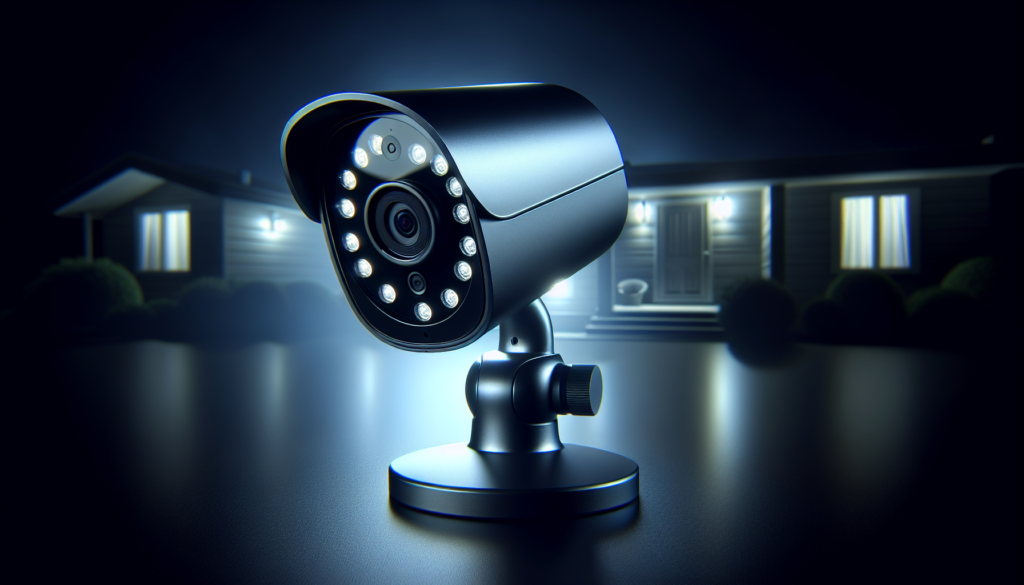
Addressing Security and Privacy Concerns
While enhancing your home security, it’s crucial to consider the privacy aspects of using smart cameras. With increasing concerns over hacking, manufacturers now implement robust encryption technologies. However, users should also take responsible steps:
Password Management
Utilize strong, unique passwords for your devices and home network. Regularly update them to prevent unauthorized access.
Firmware Updates
Manufacturers release firmware updates regularly to patch security vulnerabilities. Keep your camera firmware up to date to ensure you’re protected against potential threats.
Future Trends in Night Vision Technology
Smart security cameras continue to evolve with technological advancements. Emerging trends include:
AI and Machine Learning
AI is set to refine night vision capabilities even further, offering better motion detection and object recognition.
Integration with Smart Home Ecosystems
Night vision cameras are increasingly integrating with other smart home devices, providing a holistic and seamless security ecosystem.
Advancements in Sensor Technology
Developments in sensor technology will improve low-light capabilities, providing even clearer images without the need for additional lighting.
Real-Life Scenarios to Consider
Imagine a scenario where a homeowner in a suburban area uses multiple security cameras to monitor the premises. With color night vision, they can easily identify a person lurking around the property late at night, enabling faster response times. In another instance, a city apartment renter uses an indoor camera with infrared night vision to keep an eye on potential dog sitters while they’re away. These scenarios show the importance of choosing a camera with the right night vision features to suit your specific needs.
Encouraging Informed Decisions
Home security is a crucial aspect of personal safety, and choosing the right smart security camera is a vital step in ensuring peace of mind. By understanding the varying night vision capabilities, you can make an informed decision, whether you value high-resolution images, AI enhancements, or integration with a broader smart home ecosystem. With thoughtful consideration and careful selection, you can enhance your property’s safety and protect what matters most, both day and night.
Disclosure: As an Amazon Associate, I earn from qualifying purchases.
